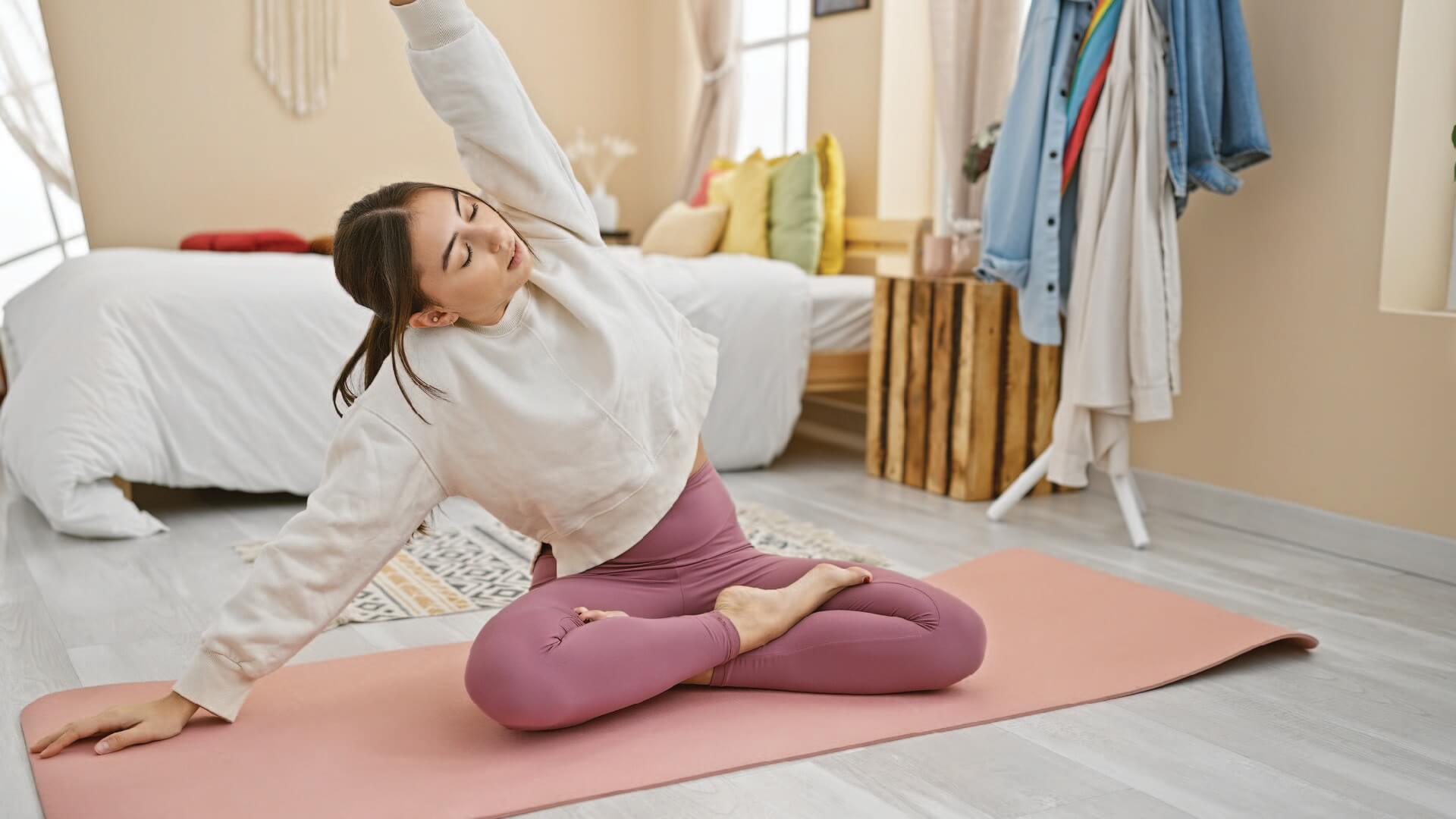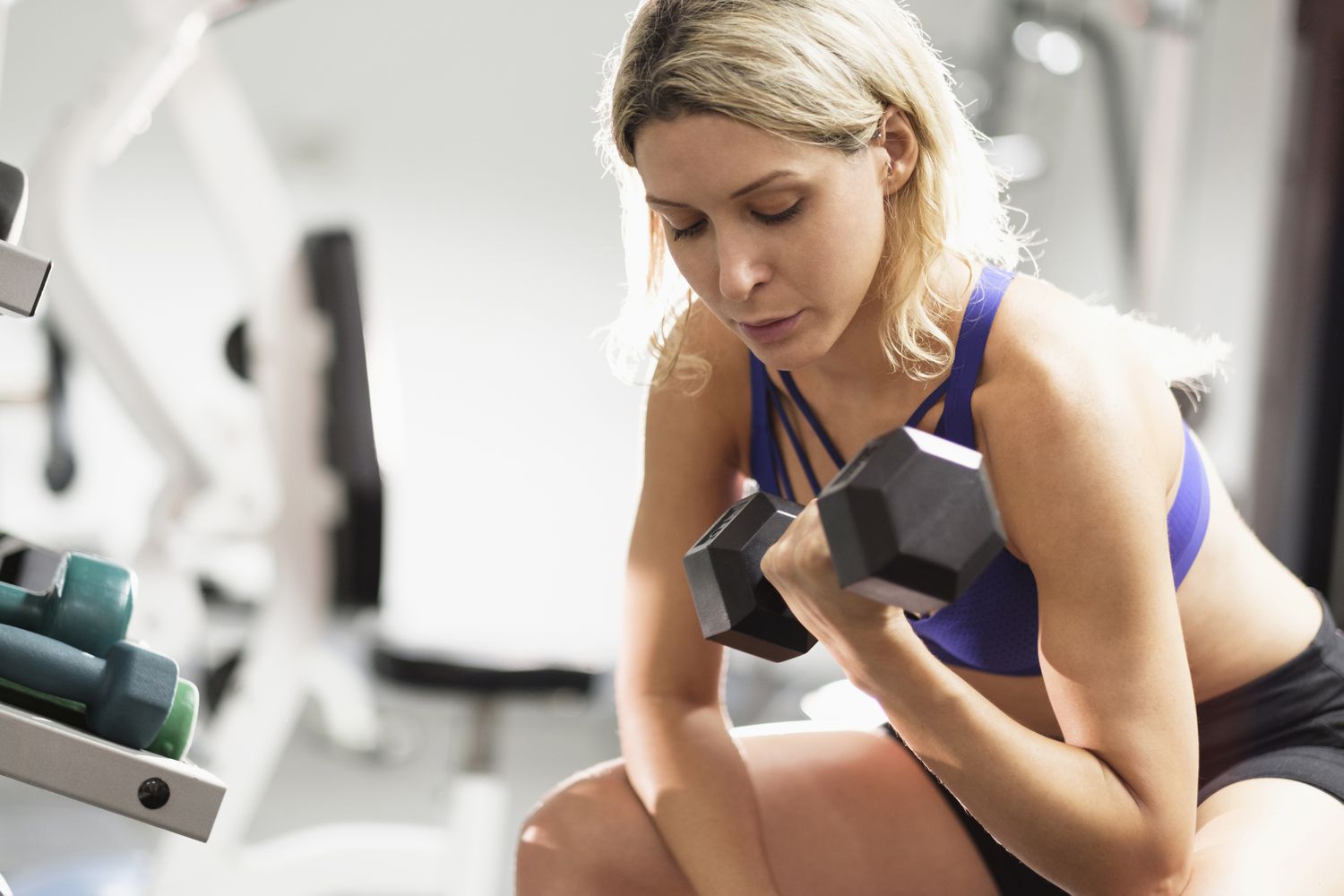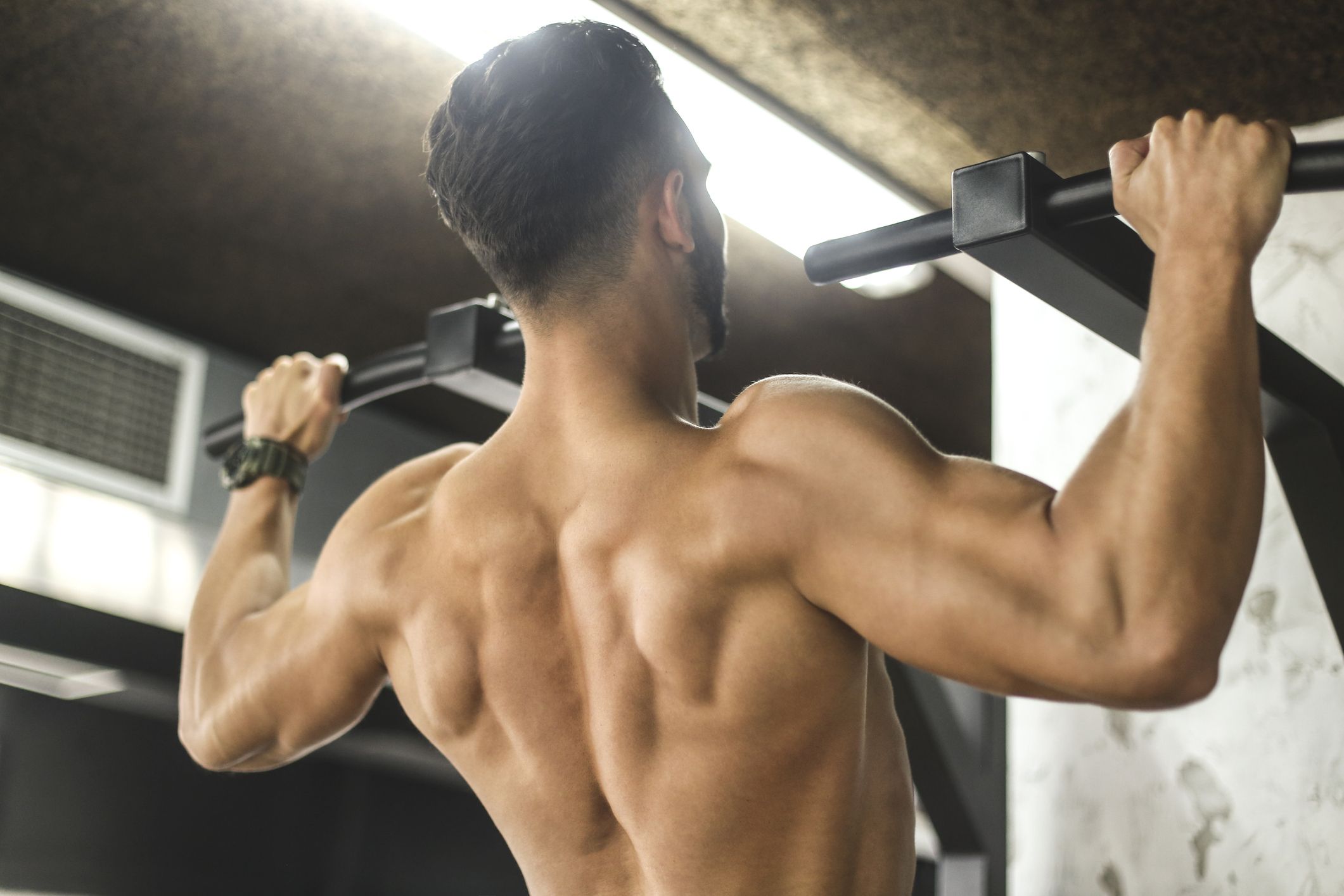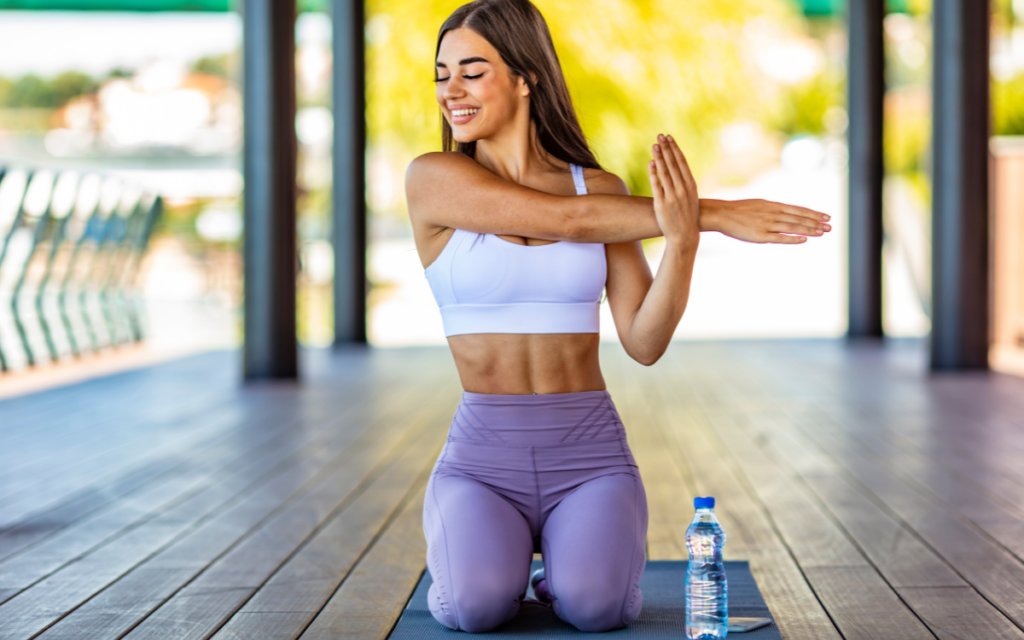Yoga is a powerful practice that can enhance both strength and flexibility in your body. By incorporating specific yoga poses into your routine, you can improve your physical health, boost your strength, and increase your flexibility. Many people find that yoga not only helps them tone their muscles but also supports better posture and reduces stress.
Power yoga and other styles of yoga encourage strength building while simultaneously working on flexibility training. Each pose serves a purpose, targeting different muscle groups to create a balanced practice. Whether you’re a beginner or have some experience, there are poses tailored for various skill levels that will help you achieve your fitness goals.
As you explore yoga, you’ll discover that it’s not just about the physical aspects. Restorative poses aid recovery and enhance overall flexibility, making yoga a holistic approach to fitness. If you’re ready to strengthen your body and improve your flexibility, this guide will provide you with the essential poses to get started.
Key Takeaways
- Incorporate specific yoga poses to improve your strength and flexibility.
- Practice restorative poses for better recovery and enhanced mobility.
- Enjoy the holistic benefits of yoga for physical health and stress relief.
Fundamentals of Yoga for Strength and Flexibility
Yoga combines various elements to enhance both strength and flexibility. Understanding how asanas, breathwork, and the balance between flexibility and muscle strength work together is crucial for a successful practice.
Understanding the Role of Asanas
Asanas, or yoga poses, are the foundation of your practice. Each pose is designed to target specific muscle groups while promoting flexibility. For example, Warrior I builds arm and leg strength, while also stretching your hips and chest.
Performing asanas with correct posture is vital. Poor alignment can lead to injuries and limit your progress. Focus on maintaining a strong core, engaging muscles, and aligning your joints correctly. Poses like Downward Dog and Cobra can help improve overall body mechanics.
Regular practice of diverse asanas creates a balanced workout. This diversity helps you develop strength in areas often overlooked in daily activities. Including a variety of poses ensures that you are not only gaining strength but also enhancing flexibility throughout your whole body.
The Importance of Breathwork in Yoga
Breathwork is essential in yoga practice. It promotes relaxation and helps you maintain focus during asanas. Your breath should flow smoothly, matching your movements. For instance, inhaling when entering a pose and exhaling when deepening it enhances your experience.
Breathwork improves your endurance and helps you push through challenging poses. Utilize Ujjayi breath, which creates a soft sound while breathing in and out, to regulate your pace and deepen stretches.
Also, mindful breathing can reduce tension in your muscles. When you focus on your breath, you can enhance your ability to hold poses longer and with greater ease. This connection between breath and movement supports both strength and flexibility development.
Balancing Flexibility and Muscle Strength
Finding a balance between flexibility and muscle strength is important for a well-rounded yoga practice. While you aim for deep stretches, it’s crucial not to sacrifice strength. Strong muscles support your joints, reducing the risk of injury.
Incorporate poses that challenge both aspects. For example, Chair Pose builds leg muscle while stretching the spine. Additionally, use props like blocks or straps to help transition into deeper stretches safely, preventing injury.
Flexibility and strength enhance each other. Improved flexibility allows for better movements and deeper poses, while strong muscles can hold those poses effectively. Maintaining awareness during your practice helps you recognize when to strengthen or stretch further, leading to continuous growth in your yoga journey.
Key Yoga Poses to Enhance Flexibility
Flexibility is crucial for overall health and well-being. Specific yoga poses target different muscle groups, improving your flexibility in areas like the hips, hamstrings, shoulders, and spine. Here are some key poses to consider.
Forward Bends and Hamstring Stretches
Forward bends are essential for stretching your hamstrings and lower back. One effective pose is the Seated Forward Bend (Paschimottanasana). In this pose, you sit with your legs stretched out and reach for your feet. Try to keep your back straight as you lean forward.
Another beneficial pose is the Standing Forward Bend (Uttanasana). Stand tall, then hinge at your hips, letting your upper body hang towards the ground. Hold each pose for several breaths to get the most benefit.
These stretches will help relieve tension and improve hamstring flexibility. They also nurture a calm mind and allow for deeper breathing.
Hip Openers and Groin Stretches
Hip openers increase your hip flexibility and relieve tightness. The Pigeon Pose (Eka Pada Rajakapotasana) is great for this. Bring one knee forward while extending the opposite leg back. Hold your position for several breaths, feeling the stretch in your hips and groin.
Another effective stretch is the Garland Pose (Malasana). Squat down with your feet flat on the floor and press your elbows against your knees. This pose stretches the groin and ankles, enhancing overall mobility.
Incorporating these poses into your routine can improve your hip flexibility significantly and support your overall yoga practice.
Shoulder and Spine Mobility Exercises
Improving shoulder and spine mobility is vital for achieving a full range of motion. The Cat-Cow Pose is excellent for engaging both areas. Start on your hands and knees.
As you inhale, arch your back (Cow Pose), and as you exhale, round your back (Cat Pose). Repeat this several times to warm up your spine.
Cow Face Pose (Gomukhasana) is another useful exercise. Sit with one arm behind your back and the other over your shoulder, bringing your hands together. This pose stretches your shoulders and can help improve shoulder flexibility over time.
Incorporating these stretches can enhance your flexibility and support your posture in daily activities.
Building Core and Lower Body Strength with Yoga
Yoga is an effective way to enhance core and lower body strength. You can target key areas through specific poses that improve your stability, balance, and muscle engagement.
Engaging the Core Muscles
To build core strength, focus on poses like Warrior I and Mountain Pose. These postures activate various core muscles, providing stability and control during your practice.
When in Warrior I, you engage your core by grounding your back heel and keeping your torso upright. This position encourages abdominal muscle activation, which can help reduce back pain and improve posture.
Additionally, poses like Plank or Side Plank further challenge your core. Maintaining these positions requires you to hold your body steady, strengthening deep abdominal muscles. Regular practice can lead to better body awareness and balance.
Strengthening Thighs and Glutes
For lower body strength, Low Lunge and Balasana are effective poses. In Low Lunge, you deeply bend your front knee while keeping the back leg extended. This posture targets your thighs and glutes, increasing muscle endurance and flexibility.
To enhance strength, try holding these positions longer or incorporating movements like lunges and squats into your flow. You can also practice Chair Pose, which involves bending your knees while lifting your arms. This engages your thighs and glutes effectively.
Regular practice of these poses will build strength over time and make daily activities easier.
Improving Balance and Stability
Balance is crucial for strength training in yoga. Engaging in poses like Tree Pose or Dancer’s Pose can greatly improve your stability. These poses require focus, helping to strengthen your core and lower body.
Tree Pose challenges your balance as you stand on one leg, engaging muscles throughout your core and lower body. Meanwhile, Dancer’s Pose demands both strength and flexibility, promoting greater coordination.
Practicing balance poses also enhances your proprioception, or body awareness, making movements more efficient and controlled. This improved balance can help prevent injuries in your yoga practice and daily life.
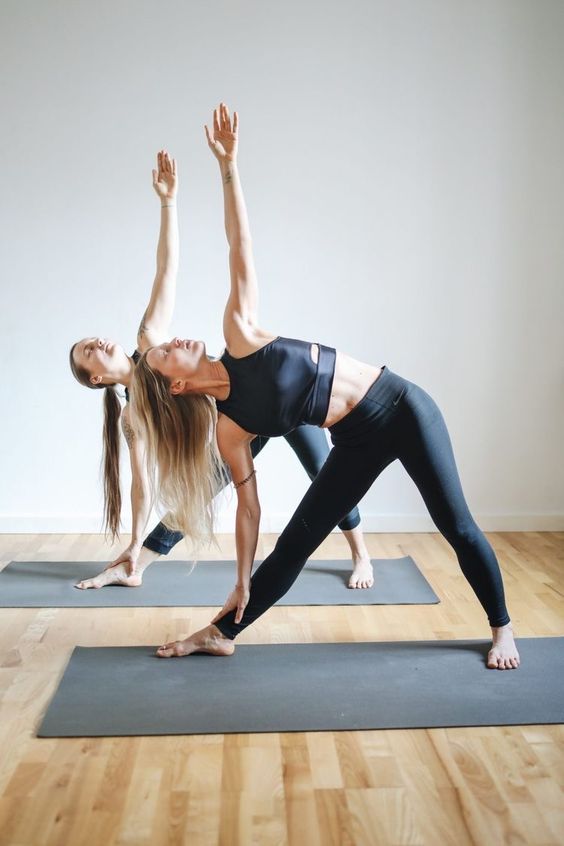
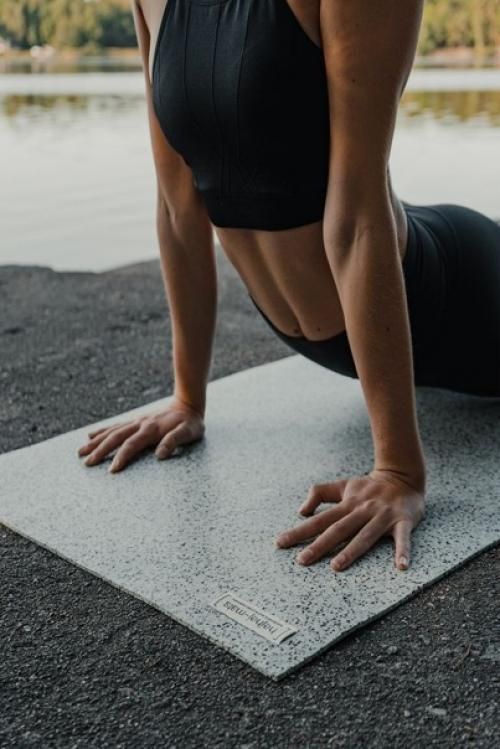
Yoga Poses for Better Upper Body Strength
Building upper body strength through yoga involves specific poses that engage your arms, shoulders, and back. These poses not only enhance strength but also improve your overall balance and flexibility. Here are some effective techniques you can incorporate into your practice.
Arm Balances and Upper Body Conditioning
Arm balances are excellent for building strength in your arms and shoulders. Key poses include:
- Plank Pose: Start in a push-up position with your body in a straight line. Hold for 30 seconds to engage your arms and core.
- Chaturanga: From a plank, lower your body while keeping your elbows close to your sides. This builds tricep strength and stability.
- Dolphin Pose: Begin on your hands and knees, then walk your feet back into a plank-like position, with forearms on the floor. Hold this pose to strengthen your shoulders and arms.
- Handstand Prep: Kick up against a wall to practice handstands. This improves strength and balance.
Integrating these poses into your routine will help you develop upper body strength effectively.
Inversions and Shoulder Strengtheners
Inversions are not only fun but vital for shoulder strength. Here are some poses to try:
- Downward-Facing Dog: Press your palms into the mat and lift your hips. This pose stretches and strengthens your shoulders.
- Dolphin Pose (again): This pose is great for enhancing shoulder strength and flexibility, making transitions to more advanced poses smoother.
- Handstand: Once comfortable, practice handstands. They require core strength and shoulder stability.
- Forearm Stand: Kick up or use a wall for support. This helps build endurance in your shoulders and arms.
These inversions and shoulder-strengthening poses will enhance your strength and control over time, providing you with a solid foundation for more advanced practices.
Restorative Poses for Recovery and Flexibility
Restorative yoga poses help reduce muscle tension and enhance flexibility after physical activity. These poses promote relaxation, making it easier for your body to recover. You can also find peace of mind, which can aid in reducing anxiety.
Releasing Muscle Tension through Relaxation
To release muscle tension, you can practice poses such as Child’s Pose and Puppy Pose.
- Child’s Pose: Focus on your breath while you kneel, sitting back on your heels. Stretch your arms in front of you or along your sides. Hold this position for a few minutes to calm your mind and ease back tension.
- Puppy Pose: Start on all fours, then walk your hands forward while keeping your hips high. This pose stretches your spine and shoulders, releasing tightness.
These poses encourage deep breathing, which helps lower anxiety and promotes muscle relaxation.
Enhancing Post-Workout Flexibility
After a workout, poses like Forward Fold and Bridge Pose can improve your flexibility.
- Forward Fold: Stand tall and hinge at your hips to bend forward. Let your arms dangle or grasp your elbows to deepen the stretch. This pose lengthens the spine and stretches your hamstrings.
- Bridge Pose: Lie on your back with knees bent. Lift your hips and place a block or bolster under your lower back. This position opens your chest and hips, enhancing flexibility.
For even more stretch, consider adding Butterfly Pose or King Pigeon. These poses target your hips and groin, improving overall mobility.
Frequently Asked Questions
In this section, you’ll find answers to common questions about yoga poses that enhance strength and flexibility. Understanding these poses can help you focus your practice effectively.
What are the best beginner-friendly yoga poses to improve flexibility?
Some beginner-friendly poses include Child’s Pose, Downward Facing Dog, and Cat-Cow Stretch. These poses gently stretch major muscle groups. They are also easy to adapt, making them perfect for those new to yoga.
Which yoga poses are the most effective for enhancing both strength and flexibility?
Warrior I and Warrior II are great for building strength while also increasing flexibility. Cobra Pose helps stretch the back while strengthening it too. Both types of poses offer balance and stability during your practice.
Can you list yoga poses that are good for strengthening the core muscles?
Boat Pose and Plank Pose are excellent for core strength. Side Plank adds a challenge and builds stability. These poses engage your abdominal muscles while your body holds strong positions.
What are some yoga exercises that improve flexibility and balance simultaneously?
Tree Pose is an effective way to enhance both flexibility and balance. Dance Pose (Natarajasana) also challenges your stability while offering a good stretch. Practicing these poses regularly can help you maintain control and improve coordination.
What is considered the most potent yoga pose for building overall body strength?
Chair Pose (Utkatasana) is one of the most powerful poses for building full-body strength. It requires you to engage multiple muscle groups simultaneously. This pose helps improve endurance and strength in the legs, core, and back.
Are there specific yoga practices that are optimal for both flexibility and strength training?
Vinyasa or Hatha yoga styles are beneficial for combining flexibility and strength. These practices often include flowing sequences that challenge your muscles while stretching them. Incorporating various poses into your routine will yield balanced improvements in both areas.
